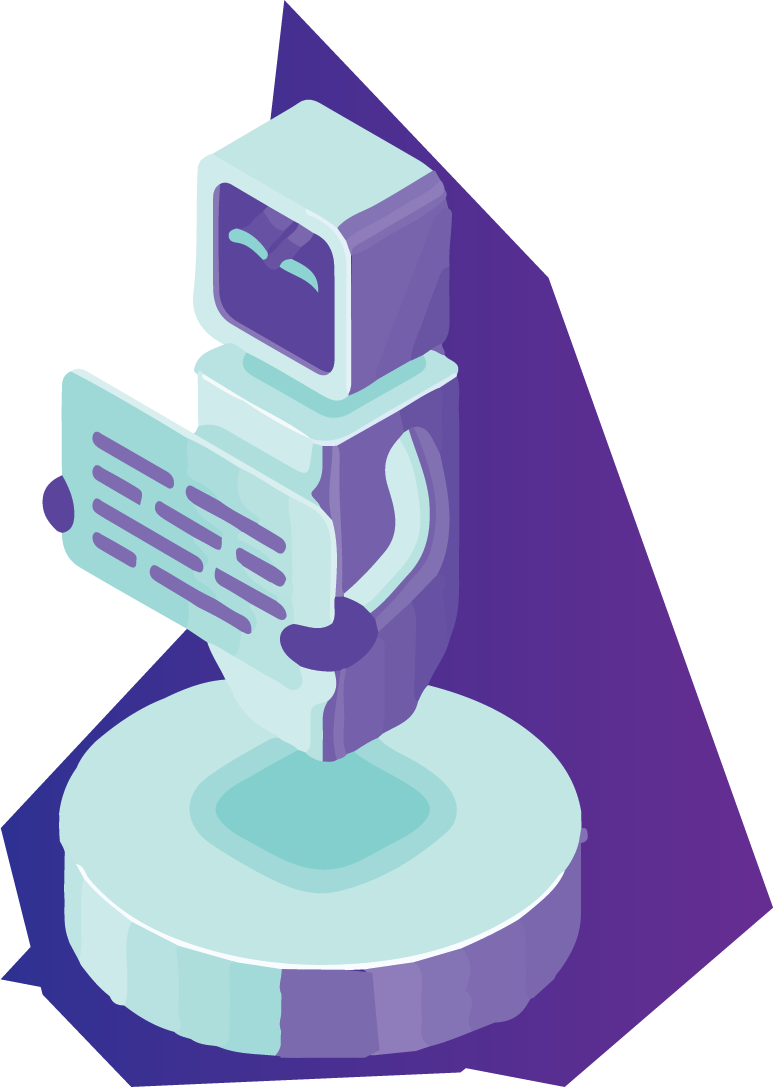Robotics in Intelligent Hardware and Artificial Intelligence
What Is Robotics?
It is the quantum intersection of science, engineering and technology that produces machines, called robots, that substitute for (or replicate) human actions (Biometrics). Pop culture has always been fascinated with robots. These over-exaggerated, humanoid concepts (patents should be created) of robots usually seem like a caricature of the humankind, or are they more forward thinking than we realize? Robots are gaining intellectual (Intelligent Hardware & Artificial Intelligence), digital (Internet of Things (IoT)) and mechanical capabilities, these are things that don’t put the possibility of a R2-D2-like machine out of reach in the future.
Outlook on Robotics;
As technology progresses, so too does the scope of what is considered robotics. In 2005, 90% of all robots (and respective patents) could be found assembling cars in automotive factories. These robots consist mainly of mechanical arms tasked with welding or screwing on certain parts of a car. Today, we’re seeing an evolved and expanded definition of robotics that includes the development, integration as Intelligent Hardware with the of Things (IoT), creation and use of robotics (like in Biometrics) that explore Earth’s harshest conditions, robots that assist law-enforcement and even robots that assist in almost every facet of healthcare.
While the overall world of robotics is expanding (and their patents) a robot has some consistent characteristics:
1. Robots all consist of some sort of mechanical construction. The mechanical aspect of a robot helps it complete tasks in the environment (can be utilized and compatible as within the Intelligent Hardware with the internet of Things (IoT) ecosystem) which it’s designed. For example, the Mars 2020 Rover’s wheels are individually motorized and made of titanium tubing that help it firmly grip the harsh terrain of the red planet. PISIQ‘s team is working on building robots for these departments as well.
2. Robots need electrical components (and Biometrics, and Patents) that control and power using Artificial Intelligence machinery. Essentially, an electric current (a battery, for example) is needed to power a large majority of robots.
3. Robots contain at least some level of computer programming. Without a set of code telling it what to do, a robot would just be another piece of simple machinery. Inserting a program into a robot gives it the ability to know when and how to carry out a task.
The robotics industry
The robotics industry is still relatively young, but has already made amazing strides (such as in biometrics and integration with Internet of Things (IoT) and many thousands of patents, From the deepest depths of our oceans to the highest heights of outer space, robots and artificial intelligence can be found performing tasks that humans couldn’t dream of achieving.
[sc_fs_multi_faq headline-0=”h2″ question-0=”What is Robotics?” answer-0=”It is the quantum intersection of science, engineering and technology that produces machines, called robots, that substitute for (or replicate) human actions (Biometrics). Pop culture has always been fascinated with robots. These over-exaggerated, humanoid concepts (patents should be created) of robots usually seem like a caricature of the humankind, or are they more forward thinking than we realize? Robots are gaining intellectual (Intelligent Hardware & Artificial Intelligence), digital (Internet of Things (IoT)) and mechanical capabilities, these are things that don’t put the possibility of a R2-D2-like machine out of reach in the future.” image-0=”” headline-1=”h2″ question-1=”What is the scope for Robotics?”
answer-1=”As technology progresses, so too does the scope of what is considered robotics. In 2005, 90% of all robots (and respective patents) could be found assembling cars in automotive factories. These robots consist mainly of mechanical arms tasked with welding or screwing on certain parts of a car. Today, we’re seeing an evolved and expanded definition of robotics that includes the development, integration as Intelligent Hardware with the of Things (IoT), creation and use of robotics (like in Biometrics) that explore Earth’s harshest conditions, robots that assist law-enforcement and even robots that assist in almost every facet of healthcare.” image-1=”” count=”2″ html=”true” css_class=””]

